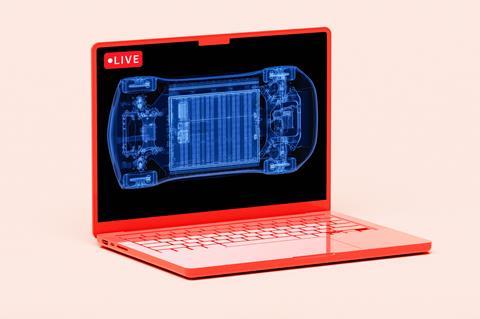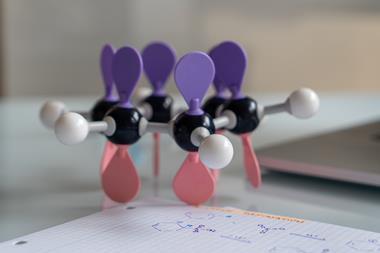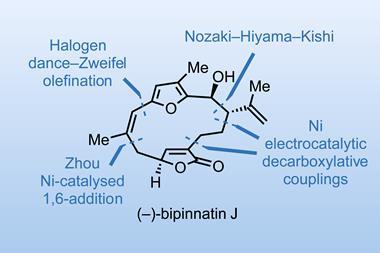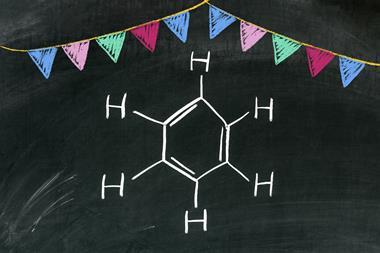Operando analysis offers real-time data on what happens to devices at the atomic level
As someone whose PhD was in solid-state materials chemistry, and who spent a lot of time characterising those materials, the idea of being able to study them at work in a device – while it is actually being used – is pretty incredible to me.
And yet the scientists Clare Sansom spoke to for our feature are doing just that: sticking a whole lithium-ion cell in a spectrometer or diffractometer and then connecting them up to charge and discharge. With the push to electrify as much as possible still as urgent as ever, this is clearly hugely important, as it will give us real time operando information about potentially crucial materials.

Examining materials before and after use is of course important too, but being able to see ‘in operando’ which crystal domains are lighting up under a microscope as an electrode cycles is invaluable.
Fuel cell catalysts are also under the operando microscope, being studied by a range of techniques to understand how they work at the atomic level. These devices offer a different low-carbon source of energy storage or production, although as we found in our recent article, the potential hydrogen economy seems to be always 10 years in the future.
Fuel cell catalysts are also under the operando microscope, being studied by a range of techniques to understand how they work at the atomic level. These devices offer a different low-carbon source of energy storage or production, although as we saw last month, the potential hydrogen economy seems to be always 10 years in the future.
Hydrogen’s relatively low density is one reason why some researchers are looking at ammonia as a medium for transporting and storing it. With that in mind, we recently reported some operando experiments using scanning transmission electron microscopy (STEM) to monitor individual ruthenium nanoclusters as they catalyse the decomposition of ammonia into nitrogen and hydrogen.
Hydrogen’s relatively low density is one reason why some researchers are looking at ammonia as a medium for transporting and storing it. With that in mind, we report on page 39 some operando experiments using scanning transmission electron microscopy (STEM) to monitor individual ruthenium nanoclusters as they catalyse the decomposition of ammonia into nitrogen and hydrogen.
The researchers found that at the high temperatures of the reaction, the clusters re-organise into a more effective structure. And perhaps more importantly, that their operando STEM technique can be used more widely.
Hopefully our clean energy future will be enabled thanks to researchers observing atoms as they go about their business in our service. And consumers won’t need to bounce their batteries to see how much charge they have left…

















No comments yet